TL;DR: I’ve stashed a DSLR for my daughter for her 18th birthday (by 2040), “like when you were your daddy’s age”; I tell you why, why and how.
Intro
I’ve always been fascinated by “time capsules” – messages from the not-so-distant past: everyday artifacts and letters of encouragement from ancestors
I also like retro equipment in working condition. Mechanical SLRs, with proper care, work even 60 years after they come off the assembly line, and my modern SLR has a lens made in 1977 without any adapter, and it still makes for interesting shots to this day.

I love reading posts like “I found my old Famicom, started it up, and got nostalgic!”, except that today’s electronics don’t live that long. After 15 years lying in a closet, a modern smartphone at the first start-up will ask to connect to the Internet and most likely will not find the manufacturer’s servers, and hangs on the screen “Connect to Wi-Fi, to continue activation. That is if it doesn’t crack in half from the swollen lithium-polymer battery.
Anyway, I decided to make a present for my daughter’s 18th birthday. It remains to find a device that can last until 2040 and still work. I decided that it would be a camera.
Disclaimer
I am aware that old cameras or lenses can’t compete with newer models. It’s silly to expect incredible performance from a 20 year old processor or ringing sharpness from a 50 year old glass. Sure, a well-preserved expensive prime lens from the 70’s can beat a budget kit zoom in sharpness, but for products of roughly the same class the difference will be evident.
Modern versus vintage lens
A modern $500 zoom lens loses in sharpness to a regular 50mm kit lens from the seventies (40 years age difference!). That’s because a fixed focal length lens has fewer elements and is generally sharper than any zoom with the same focal length.

And if you compare competitors of the same class (i.e. three zooms) it becomes obvious that a modern zoom lens has better sharpness in the center and at the edges than its 20- and 40-year-old relatives.

Nevertheless, old equipment is also used for its retro feel. And real retro is always better than a soulless software filter, isn’t it? A digital SLR from our century is designed to give the new owner in 2040 the same sensations that music lovers today experience from vinyl records and tube amplifiers.
Criterias
Independence from the Internet
So that the camera does not require activation or any external services
Simple batteries
So you can find replacements in the future
Standard interfaces
To be able to transfer files to the computers of the future
My first digital camera from 2004, for example, did not survive those fifteen years very well: it was powered by standard AAA, but used a non-standard USB connector to connect to a PC, and necessarily via proprietary software for Win9x.
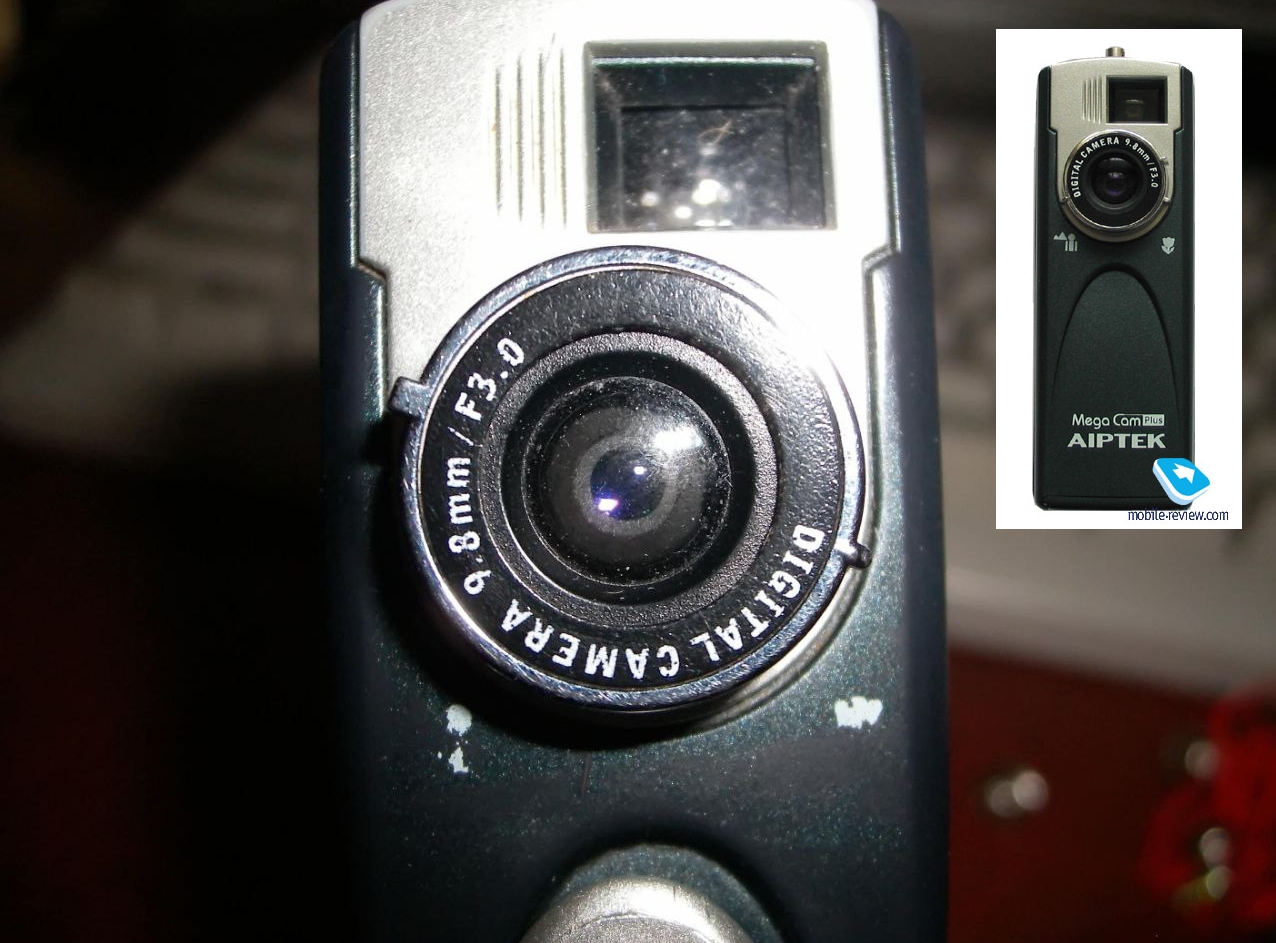
My first digital SLR in 2010 was the Pentax K100D. It is powered by four AA batteries. Since then, all my DSLRs have been inside this brand: Pentax K100D -> Pentax K7 -> Pentax K3ii -> Pentax K1.
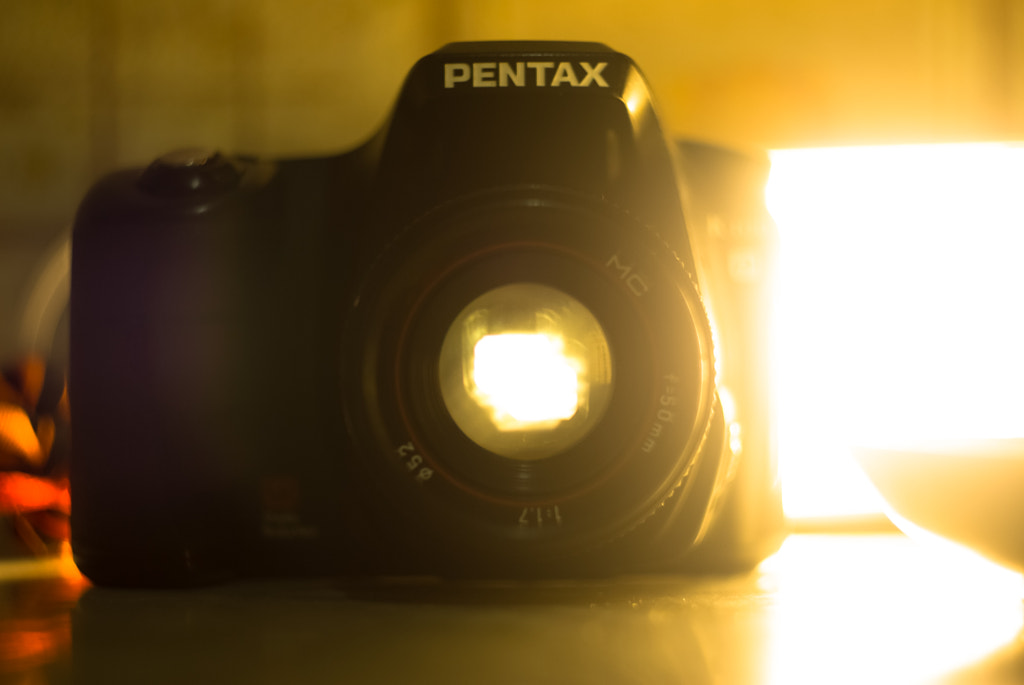
Pentax is generally famous for backward compatibility: their K-mount has remained mechanically mostly unchanged and backward compatible since 1974, meaning that an old lens from a film camera easily mounts on a digital K-1 from 2017, retaining the mechanical aperture. Moreover, later versions of the Russia’s Zenith camera series also used a K-moun from Pentax. I have a Helios-44-4 lens that also mounts on a modern Pentax without adapters.
View this post on Instagram
Even the D-li90 batteries, first used in the K-7 in 2009, are still relevant for most of the brand’s new cameras today.
Nevertheless, no brand lasts forever. Pentax as a company is going through bad times, and you can’t be sure that by 2040 there will still be working D-Li90s on sale. So I started looking for the latest model powered by regular AA batteries. The last such model turned out to be a K-30 from 2012, but experienced users told me that the K-30 and K-50 series have an inherent problem with one of the solenoids that causes the diaphragm to malfunction. I had to move back to more reliable models.
My final choice is Pentax K-x

It was obvious that I’d go with the brand I’m familiar with.
- CMOS APS-C, 12.4 Mp(4288×2848)
- ISO 200-6400
- Shutter speed 30s – 1/6000s
- SD, SDHC, SDXC
- ААх4 batteries
- KAF2 Mount
I found a used version in a white body and full factory kit on eBay in Germany, shutter mileage of just over 11,000 shots and in good visual condition.
The camera meets my criteria for survival by 2040:
- AA batteries have been around for over 100 years and aren’t going anywhere in the next twenty;
- SD cards have been around for 20 years and are still standard in new cameras of all brands, no movement to replace (for example, with built-in SSD) is forthcoming;
- DNG and JPG are likely to be recognized in future versions of Adobe Lightroom and similar programs; even the proprietary PEF from my 2006 camera has no problem opening 16 years later.
- K-mount has supported lenses since 1977, something will turn up. (plus my own collection will be inherited).

Short camera review
Just look at the retro labels: Windows Vista, Hi-Speed USB, MacOSX 10.5…

Almost a complete set:
- The camera itself
- SMC Pentax-DA L 18-55mm F3.5-5.6 AL
- French manual
- European warranty card
- K-mount lid for the camera
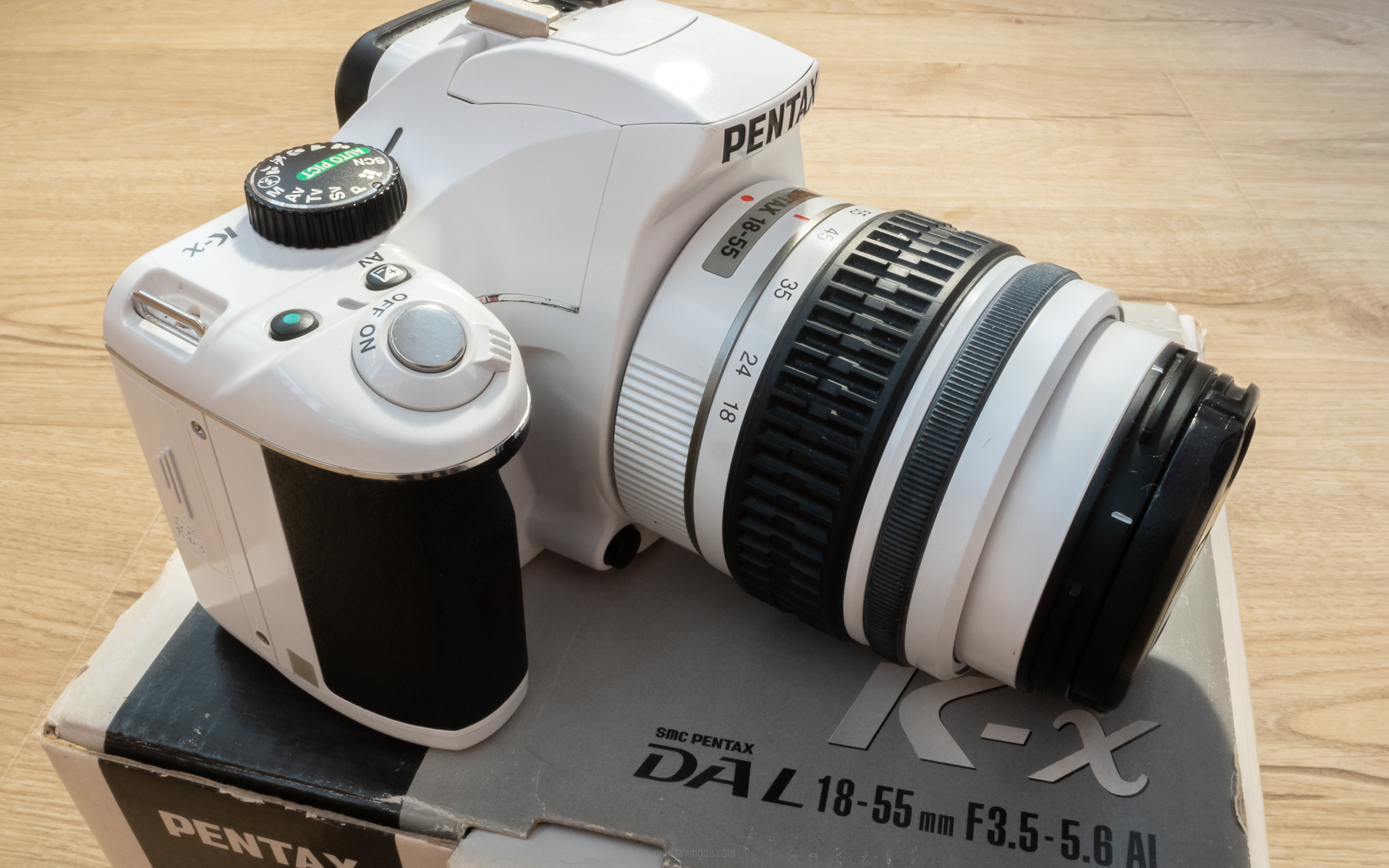
Something is missing: in the original package was a set of 4 lithium batteries Energizer AA format (any other AA batteries will do), proprietary USB-cable to connect to a computer (photo sharing and firmware download works through the SD-card), disk with photo processing software Silkypix (works worse than Lightroom). All this for the use of the camera is not critical.
Camera
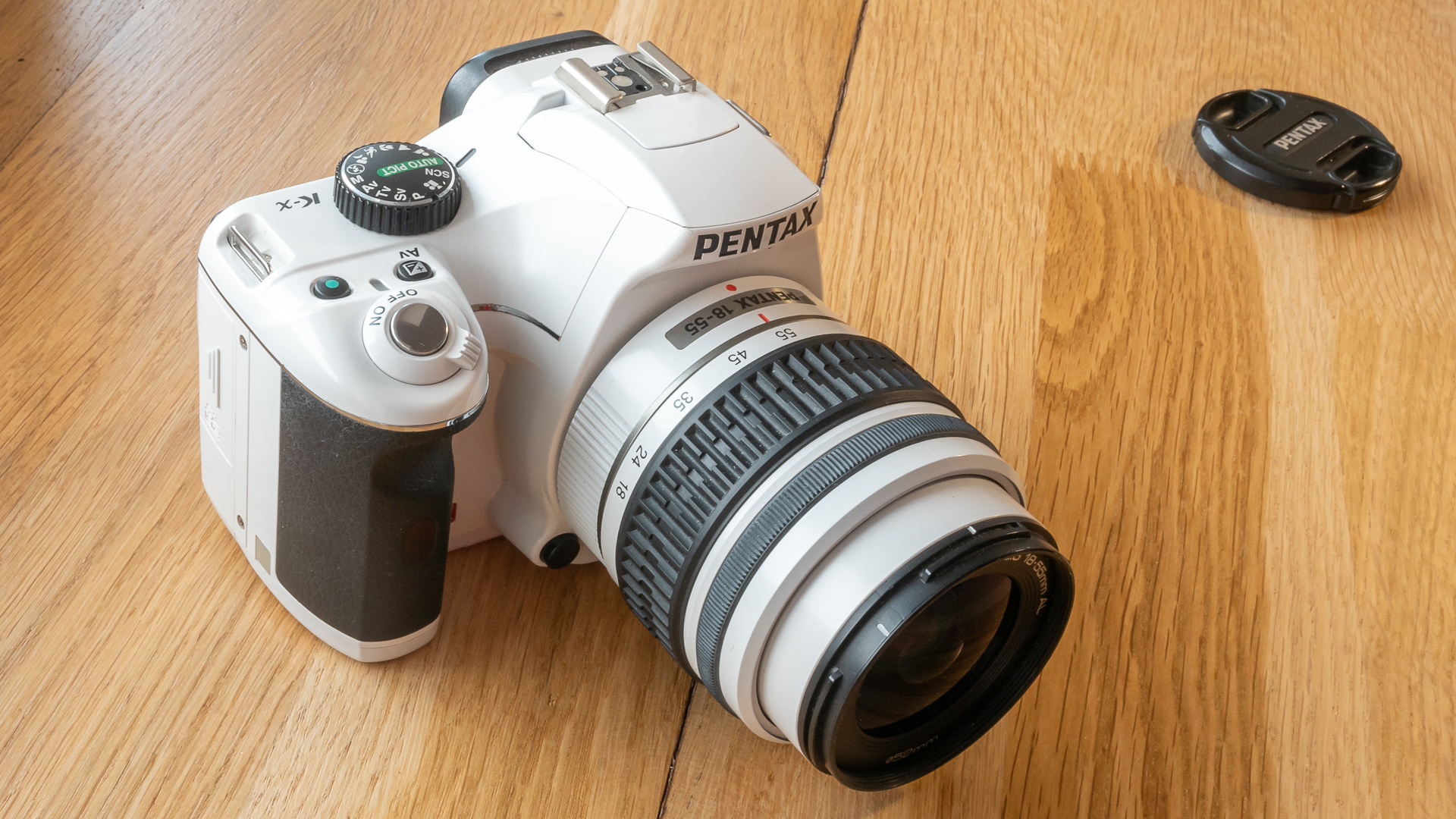
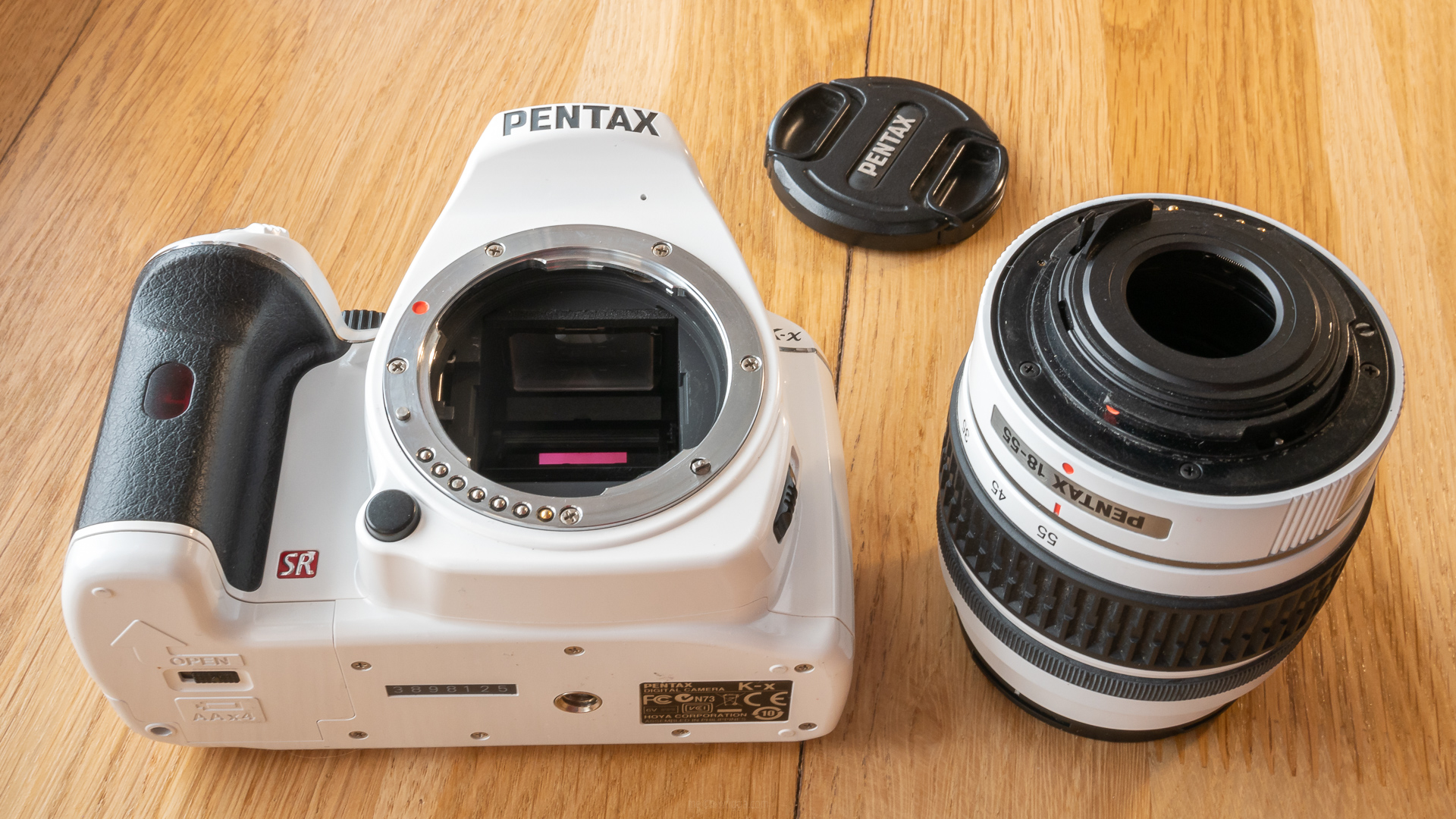
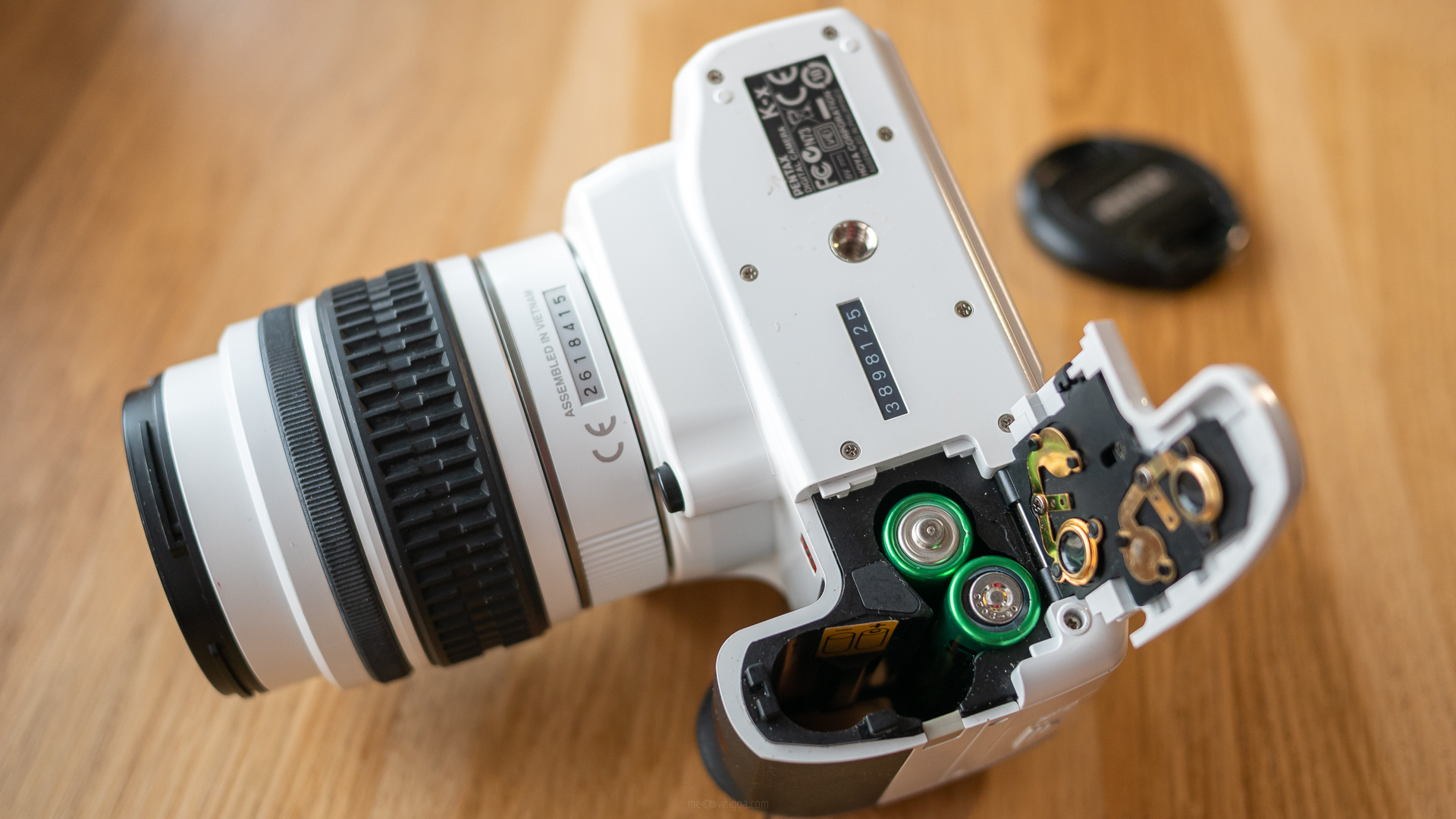
The control buttons on the back are typical of all Pentax models. The set of buttons doesn’t change much from year to year.
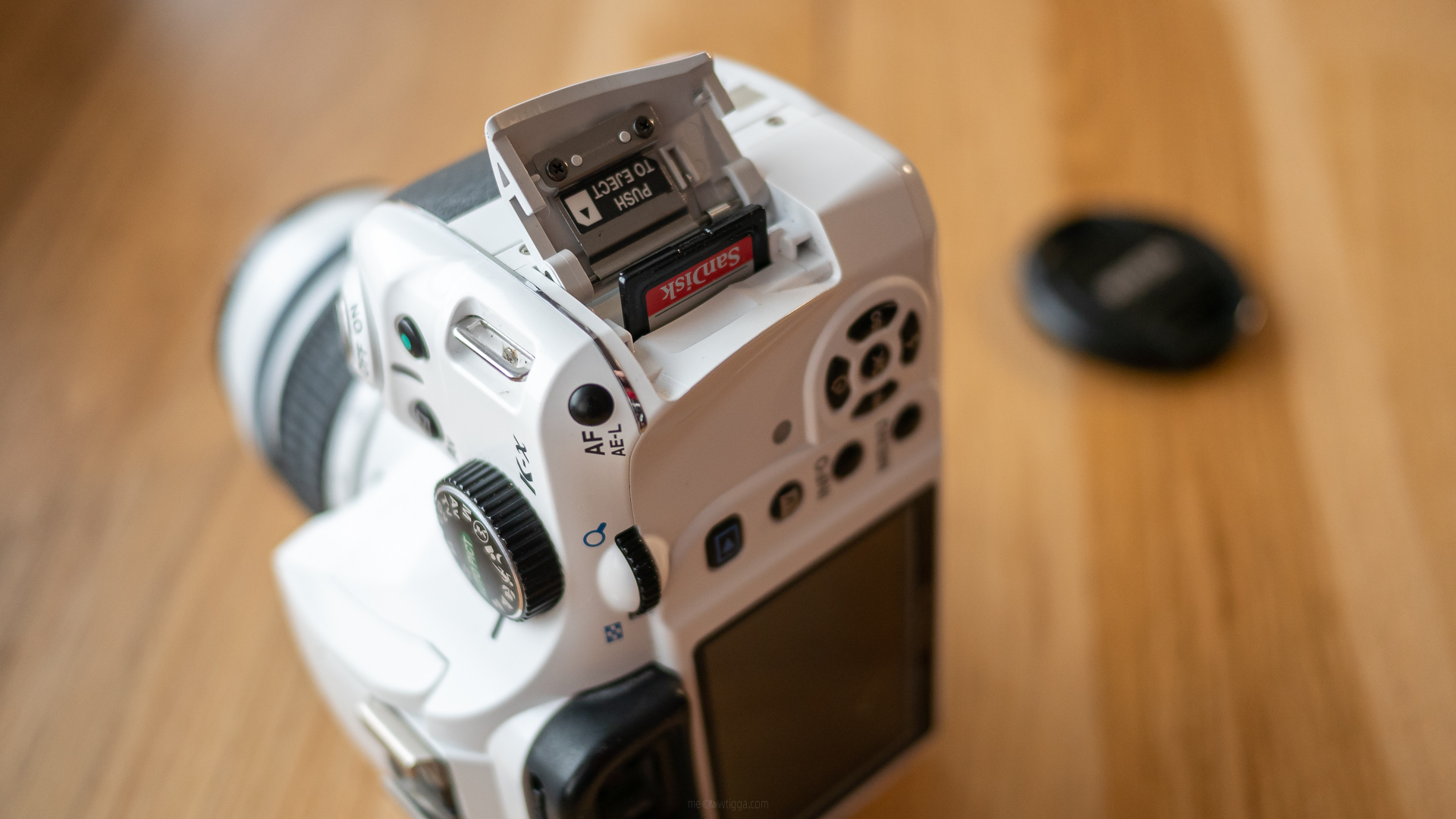
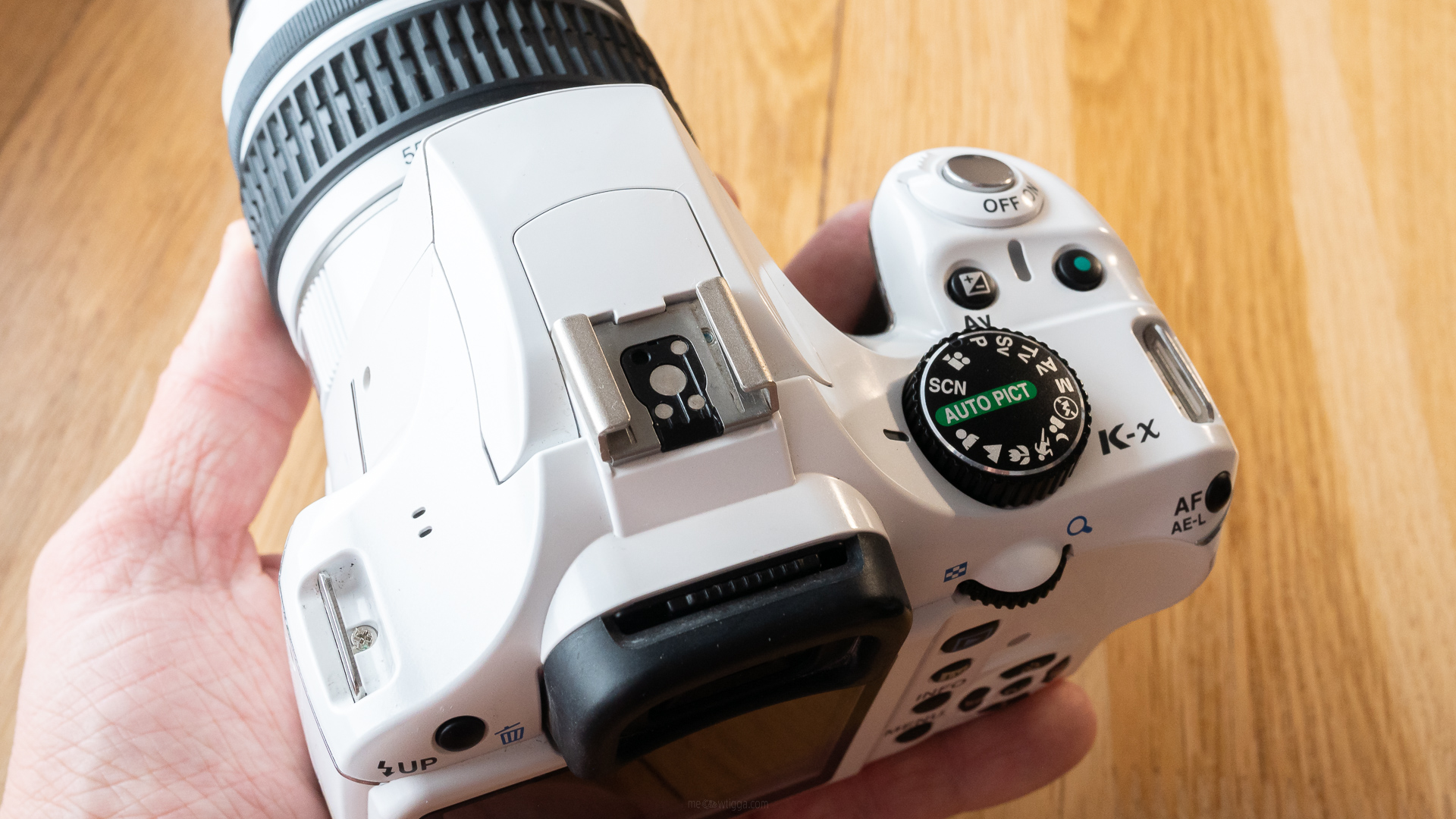

Lens
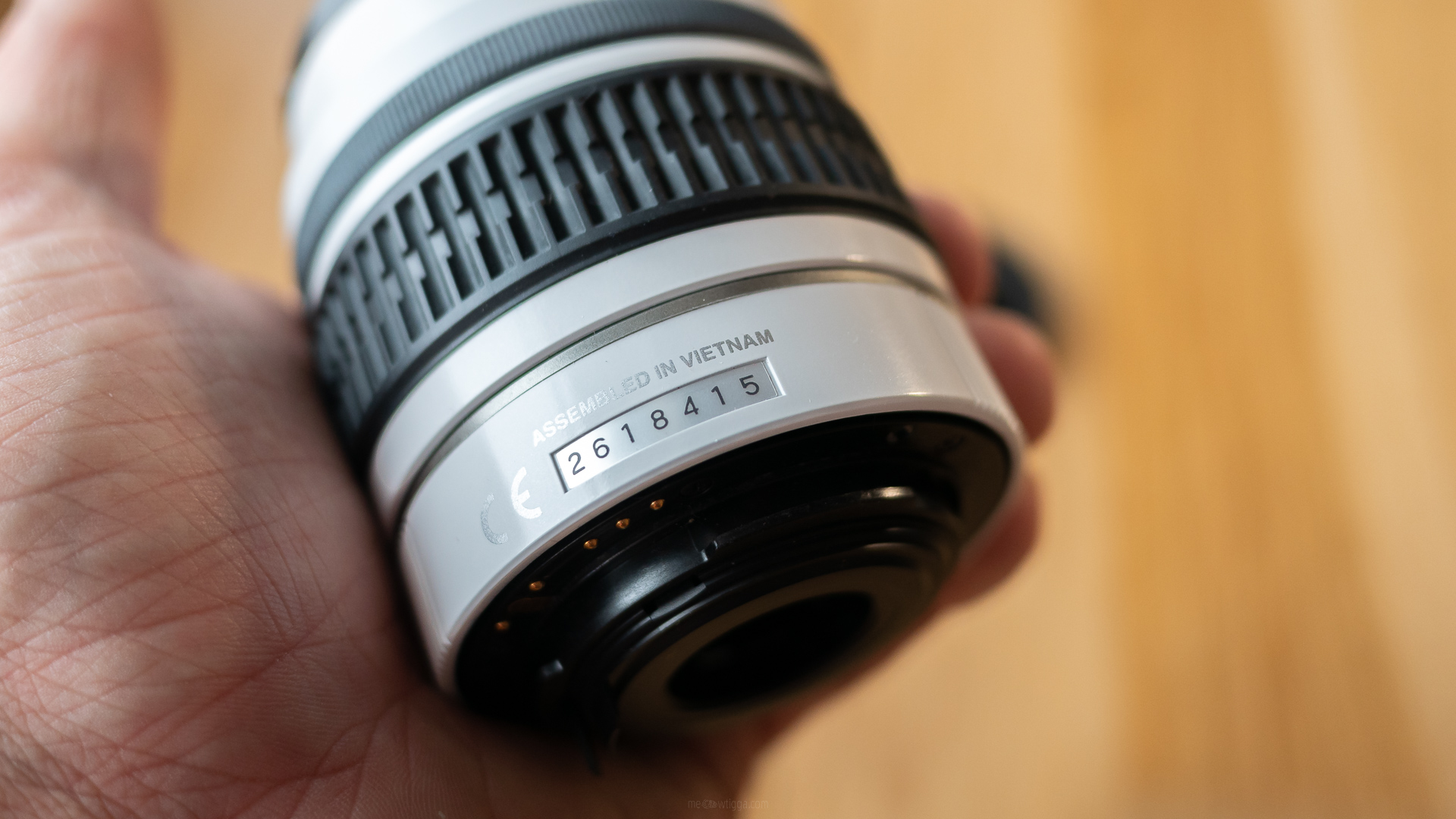
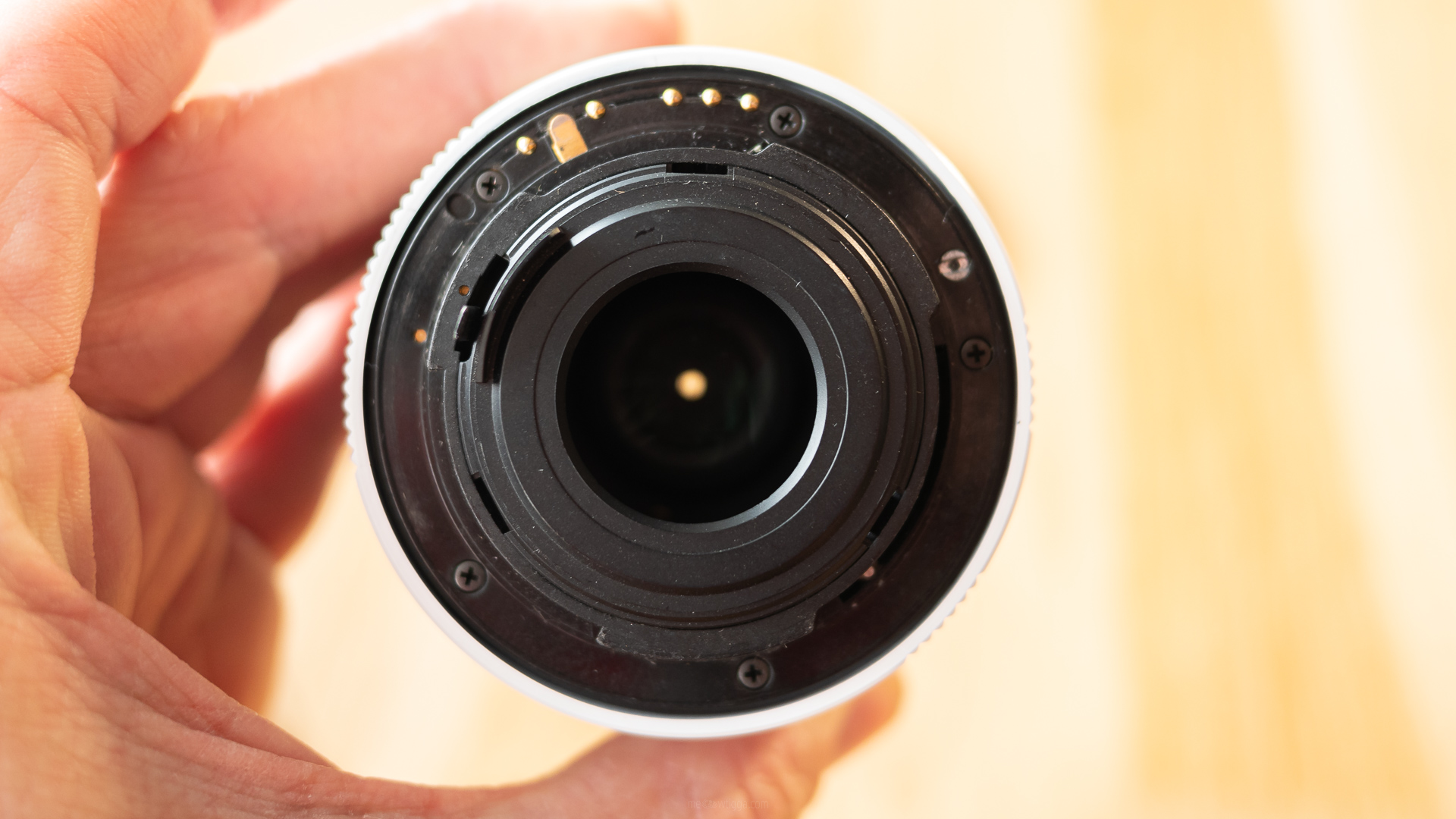
DAL lenses are designed for a “cropped” sensor, which means that on a full frame digital or film camera the image will be smaller than the sensor (there will be a cruel vignette around the edges).
Issues
The first picture showed that the sensor needed cleaning. Look at the dark spots:

If you start the “Sensor Cleaning” function, the camera will raise the mirror and hold it in that position:

Cleaned with special sticks for APS-C sensor with liquid.
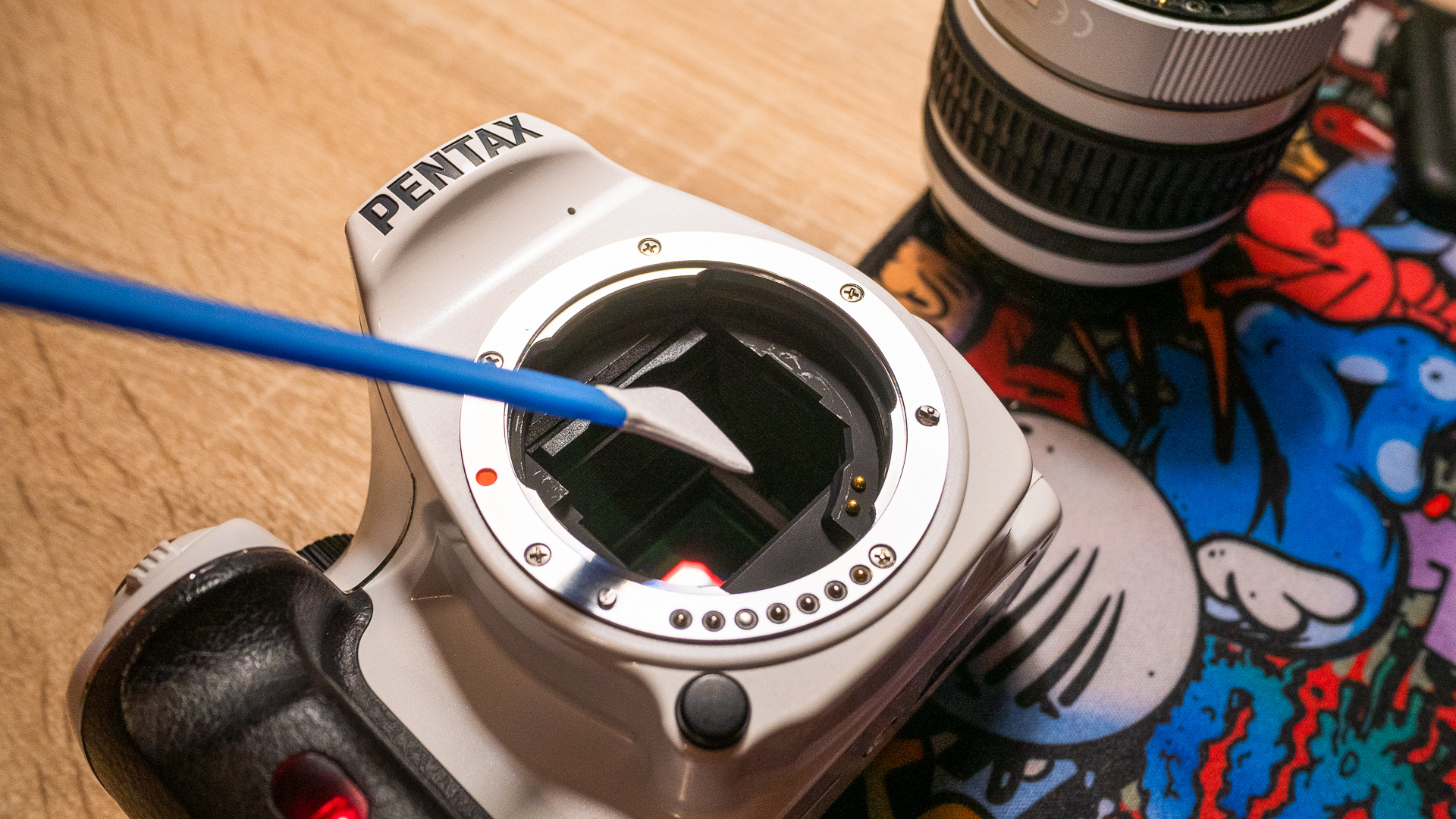
After cleaning, the sensor looks much better:

As for mechanical problems, we found a small breakage of the settings wheel, which is responsible for changing, for example, ISO or aperture: when you rotate it to one side, sometimes it triggers backwards.
In addition, the capacitor, responsible for keeping the date and time, stopped holding a charge: remove the batteries – the time is reset.
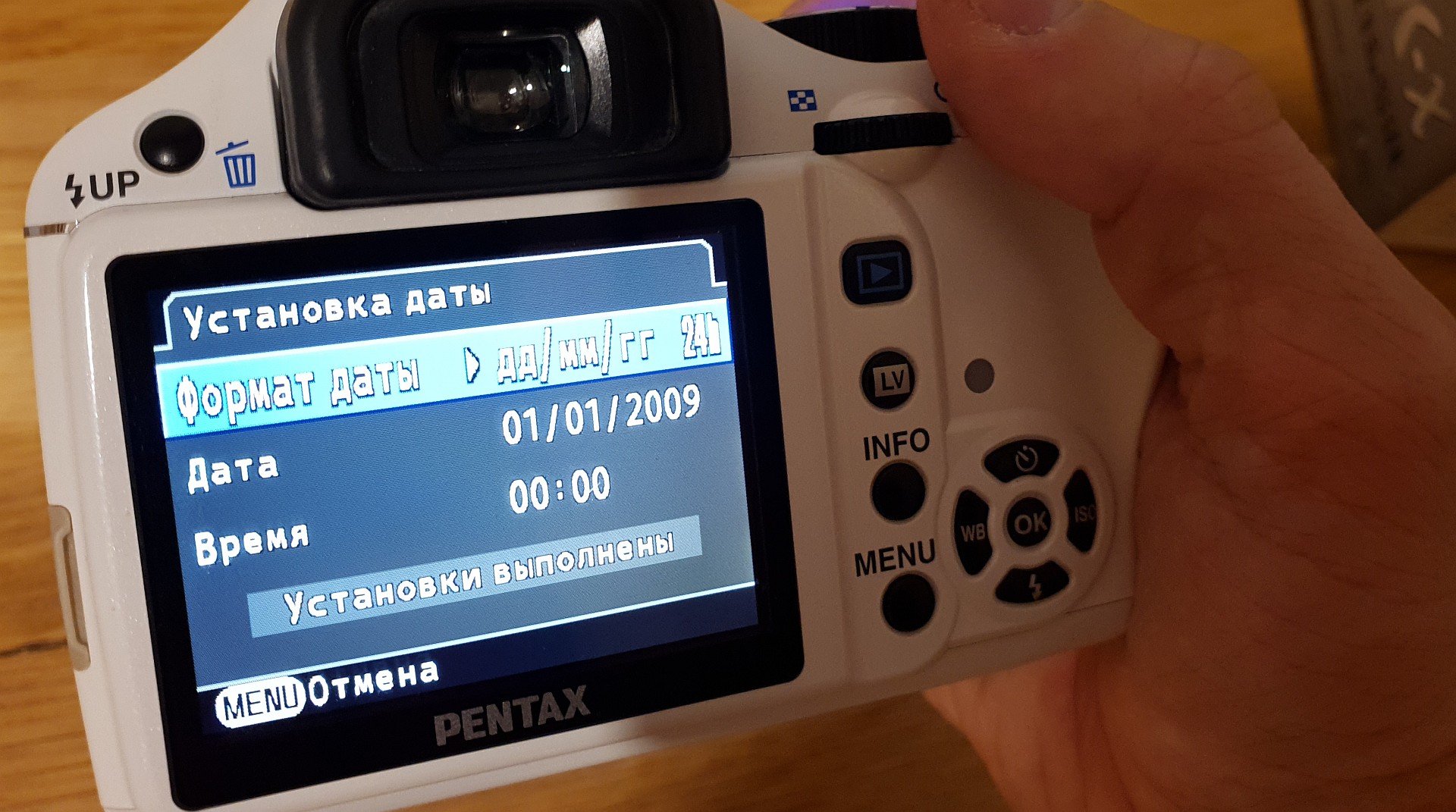
Both problems are not critical and do not interfere with photography. They are caused more by the age of the camera than by careless handling.
Firmware update
The previous owner used factory firmware 1.00, I immediately updated to 1.03
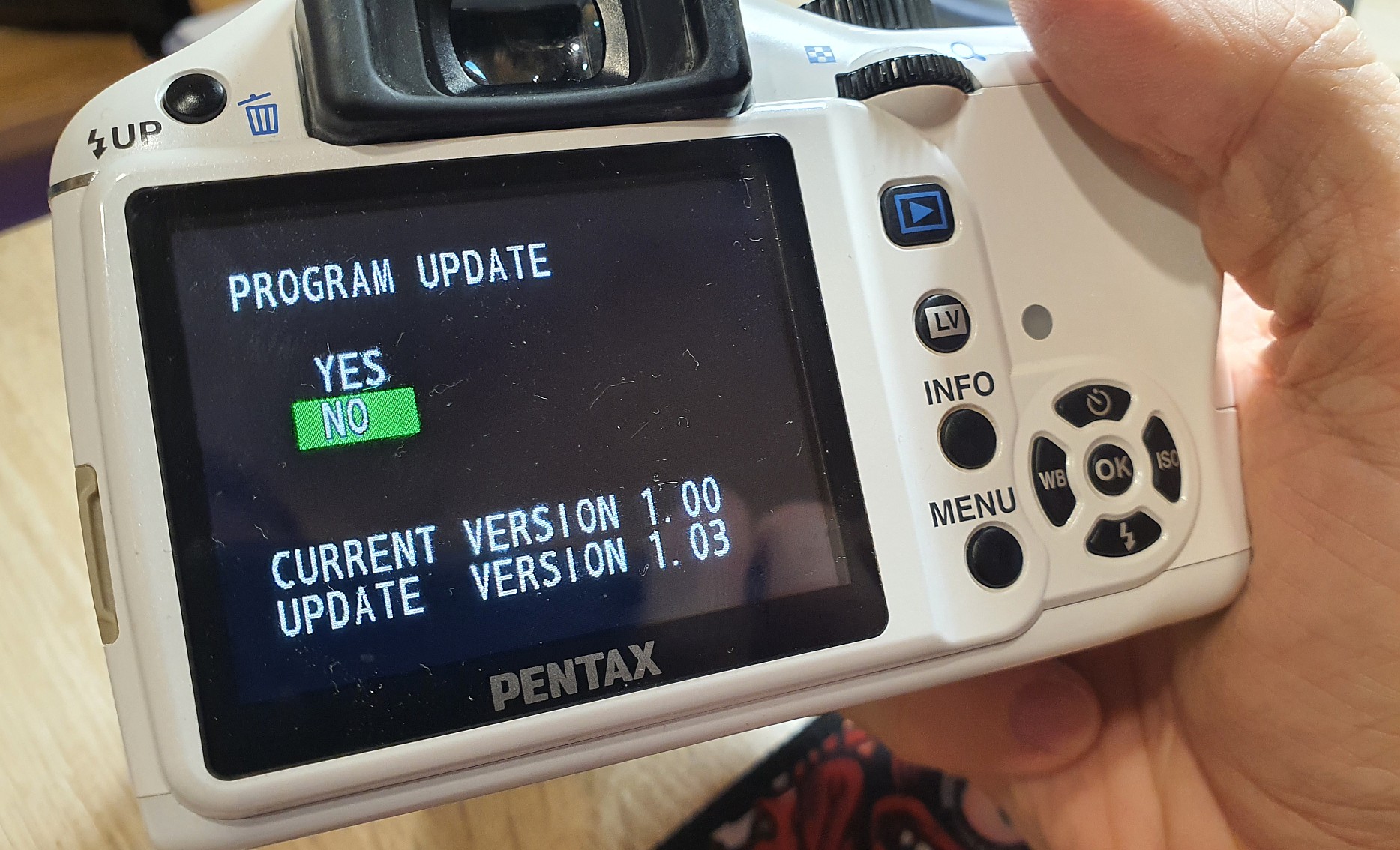
First images
The first thing I did was to check the Shutter Count, and the seller was not deceived: 11 thousand shots. This is normal for a 2010 camera, the shutter may well last as long.
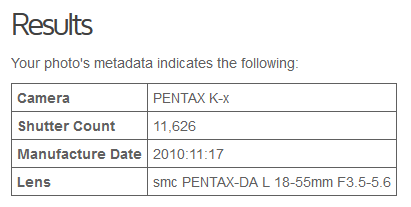
Took a few shots:


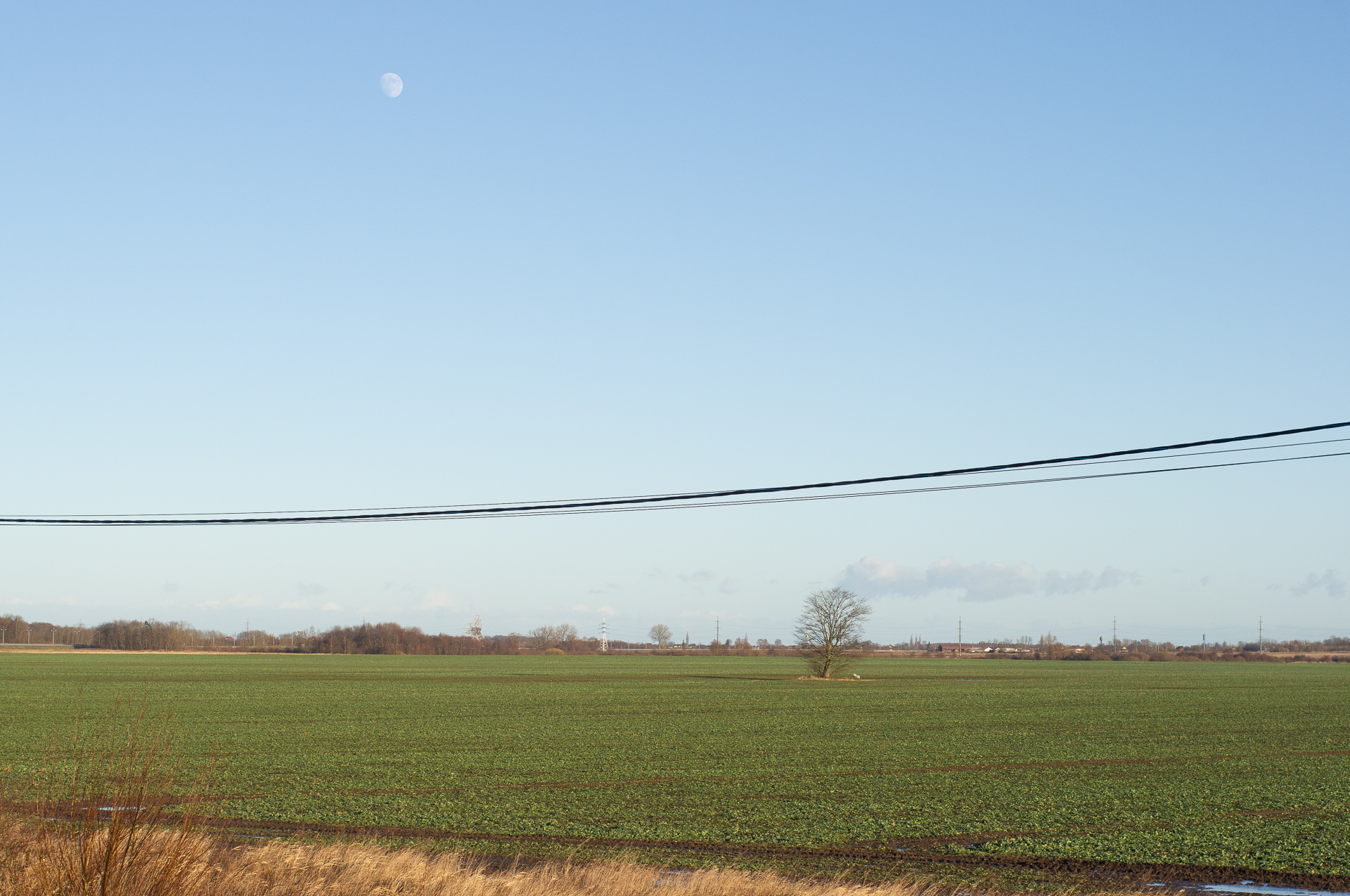

This is one of Pentax’s first model with video support. Ugly as hell:
You can see a pixel-by-pixel analysis of the images and a comparison with other DSLRs on dpreview.
Preparation for long term storage – theory
First of all, I appealed to simple logic:
- To put it in its original packaging, as much as possible in a “saleable form” (a gift, after all);
- Add sachets of silica gel (from humidity);
- Pack in an airtight bag (also against moisture);
- Put in a vacuum container, evacuate air (ultimatum from humidity).
As a “just in case” measure, add a card reader and adapter to Type-C, SDXC memory card, and as a last resort – write to the card the latest (2012) firmware from the camera.
Then hide it in the attic with a note “open in 2040.
Pitfalls
Talking to pentaxists from other forums revealed shortcomings in this regard:
Stuck mechanics
The mechanical elements of the shutter, diaphragm, and mirror lift mechanism can become unusable if left unmoved for two decades. This can happen not only because of moisture, but also because of dried-up grease. Experienced photographers recommend taking a few pictures with the camera at least once a year to prevent this.
Temperature fluctuations.
I wanted to put the camera in a secluded corner of the attic, but it can be +29 in summer and +5 in winter. Both the extremes and the high (20+ degrees) temperature would be bad for the camera, so I’ll have to find another place for it.
Problems with the vacuum container
As other photographers have suggested, a vacuum will only harm the camera by accelerating the degradation of the lubricant in the small parts. In addition, the low pressure could harm the internal structure of the lens, where there are thin layers of air between the lenses. This idea had to be abandoned.
In addition, long storage without use can badly affect the condenser responsible for time and date. But it is dead anyway. 🙂
In short, packing a working camera into a full-fledged inviolable time capsule could turn out to be a beautiful but inoperable camera by 2040.
Preparing for long term storage – algorithm
- To put it in its original packaging, as “saleable” as possible. (it’s a gift, after all)
- Add sachets of silica gel
- Tuck into the depths of a closet
- Add to the calendar a repeated reminder once a year to “Get your camera out and take some pictures” (secretly from your daughter!)
Packing
- Pentax K-x camera and lens in original box
- Strap
- USB-A/C card reader
- 8GB memory card with 1.03 firmware and sentimental content (photos and video the day of packing)
Carefully packed, added silica gel bags
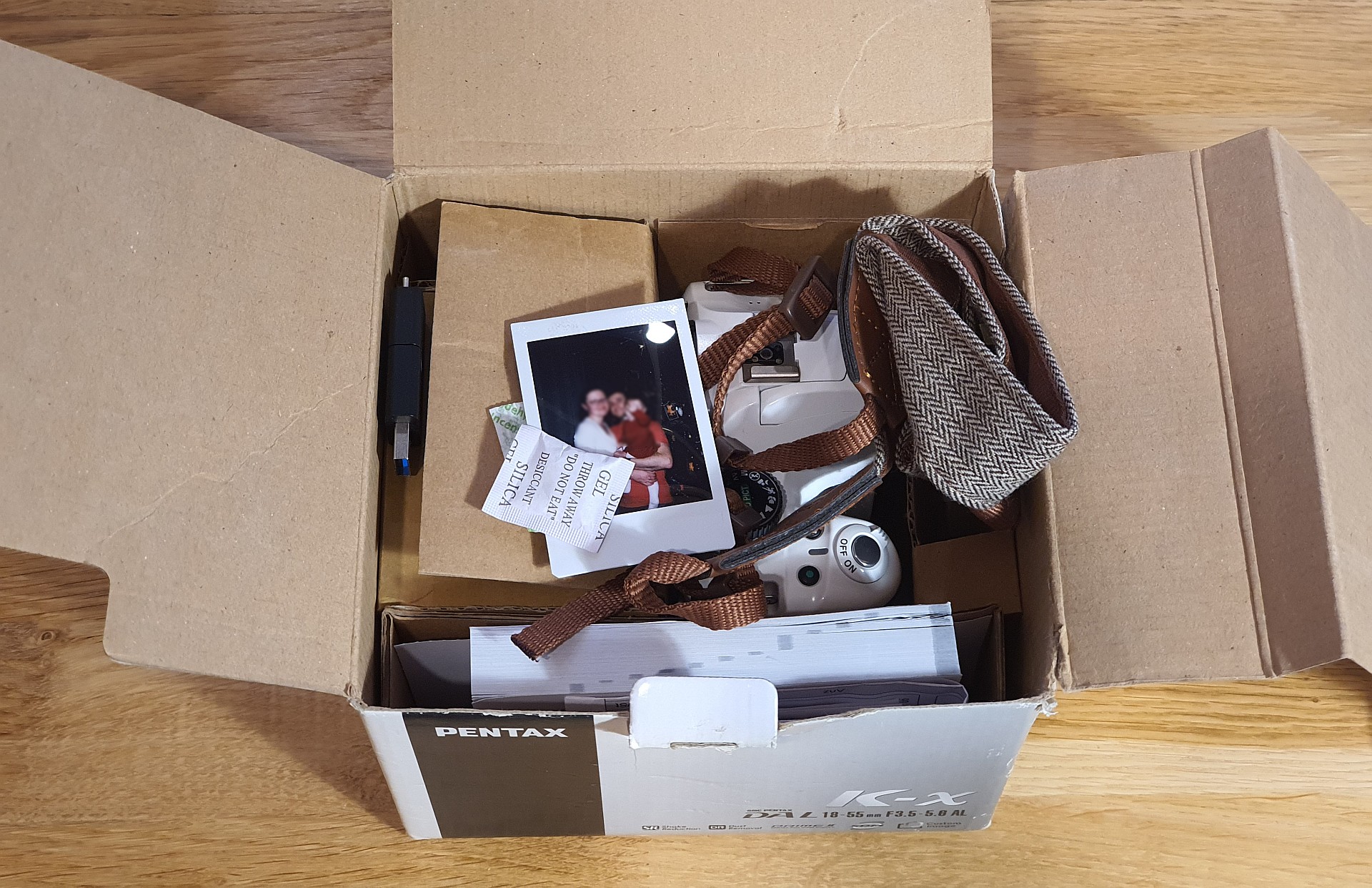
…and placed it in a storage box.

Setting up a reminder
To open the package once a year, take a few pictures, change the silica gel bags and evacuate the air from the container.

That’s all, folks
What do you think about the idea as a whole and the way I did all the steps?

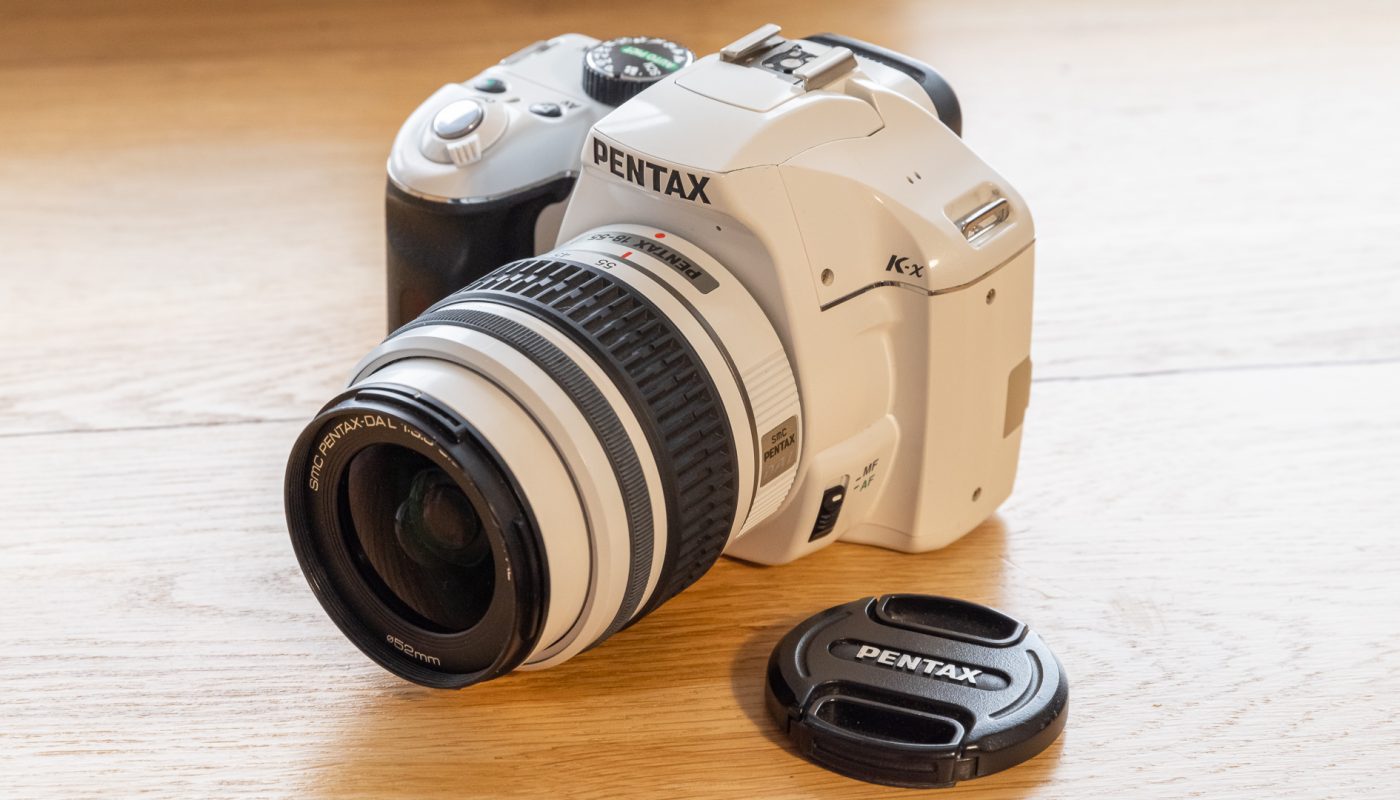



Pretty nice. The only possible problem i can see is the ability to transfer the pictures in the future. Sd cards and usb ports maybe wont exist or maybe it will be very complicated for a non geek.